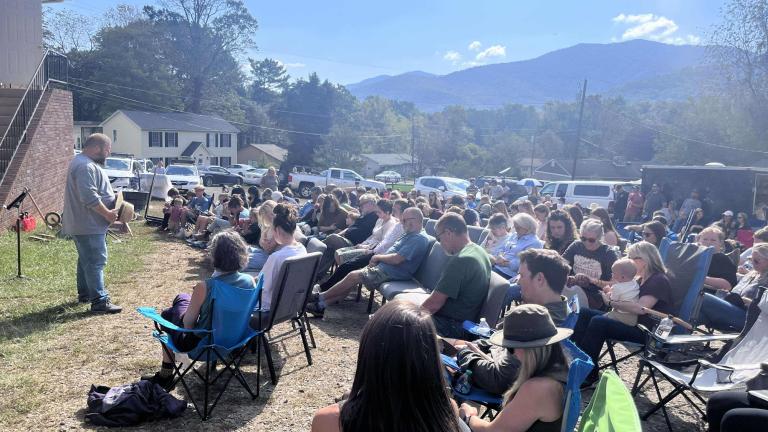“It’s the only time I’ve done a rate increase when nobody was opposed,” says Ed Regan of the Gainesville utility’s feed-in tariff for solar power. The program, launched in 2009, has resulted in nearly 15 megawatts of new, local solar energy generation on or near buildings in the northeast Florida town, enough to make it one of the leading communities in per capita solar worldwide. The program is open to participation by anyone in Gainesville, with the utility buying all solar energy in the program on a fixed price, 20-year contract.
It all started about ten years ago, when Pegeen Hanrahan was elected mayor of Gainesville and Ed Regan was serving as the assistant general manager for strategic planning. Intern Wade Underwood and I spoke with them earlier this year.
Podcast (Local Energy Rules): Play in new window | Download | Embed
At the time, the Gainesville electric utility was heavily invested in coal power and was looking for ways to diversify its energy sources and protect itself from volatile fossil fuel prices. Conservation and biomass were on the table (among other options) and solar energy was of interest, Gainesville being in the Sunshine State. Ed said the utility had used net metering and rebate programs to encourage distributed solar development, but a few local agitators had been encouraging the utility to consider a feed-in tariff program (sometimes called a CLEAN Program in the U.S.).
While the utility’s options were being debated, Ed had an opportunity to travel to Germany with the Solar Electric Power Association and learn about their feed-in tariff program. To his surprise, when he presented his findings to the local energy commission, their reply was, “why can’t we do that here?”
The utility set up the program, targeting 4 megawatts of solar per year from 2009 through 2016. At the time, Ed recalls thinking to himself, “there’s no way we’ll ever get 4 megawatts of solar.”
He was wrong. The simplicity of the program made it of great interest to residential and commercial customers alike. It simplified a lot of issues for commercial participants in particular, where the utility customer might not be the same as the building owner. It also made life a lot easier for tax exempt entities, like nonprofits and schools. The feed-in tariff “opened the floodgates.”
Ed suggested that this kind of program is much easier for a municipal utility to provide than a for-profit, because there’s a breakdown in utility regulation. A for-profit (or investor-owned) utility expects to make a rate of return by owning their power plants. With the feed-in tariff, they don’t, but a municipal utility isn’t in it for the money.
The program was also not terribly expensive, resulting in a rate increase of less than 1%. It also remains wildly popular, with support from over 70% of Gainesville residents.
We asked Pegeen whether or not she felt the program’s development hinged on utility support, or whether popular pressure on municipal utilities elsewhere could also get good local solar programs off the ground. Although popular and political support was important, she said, it would be like “pushing a rope” to put a feed-in tariff in place without utility staff on board.
The future of the feed-in tariff is uncertain, but largely because it has been successful at building a local solar market and driving down the price. Will it continue? Maybe not, but the city remains committed to helping its citizens invest in clean local energy.



